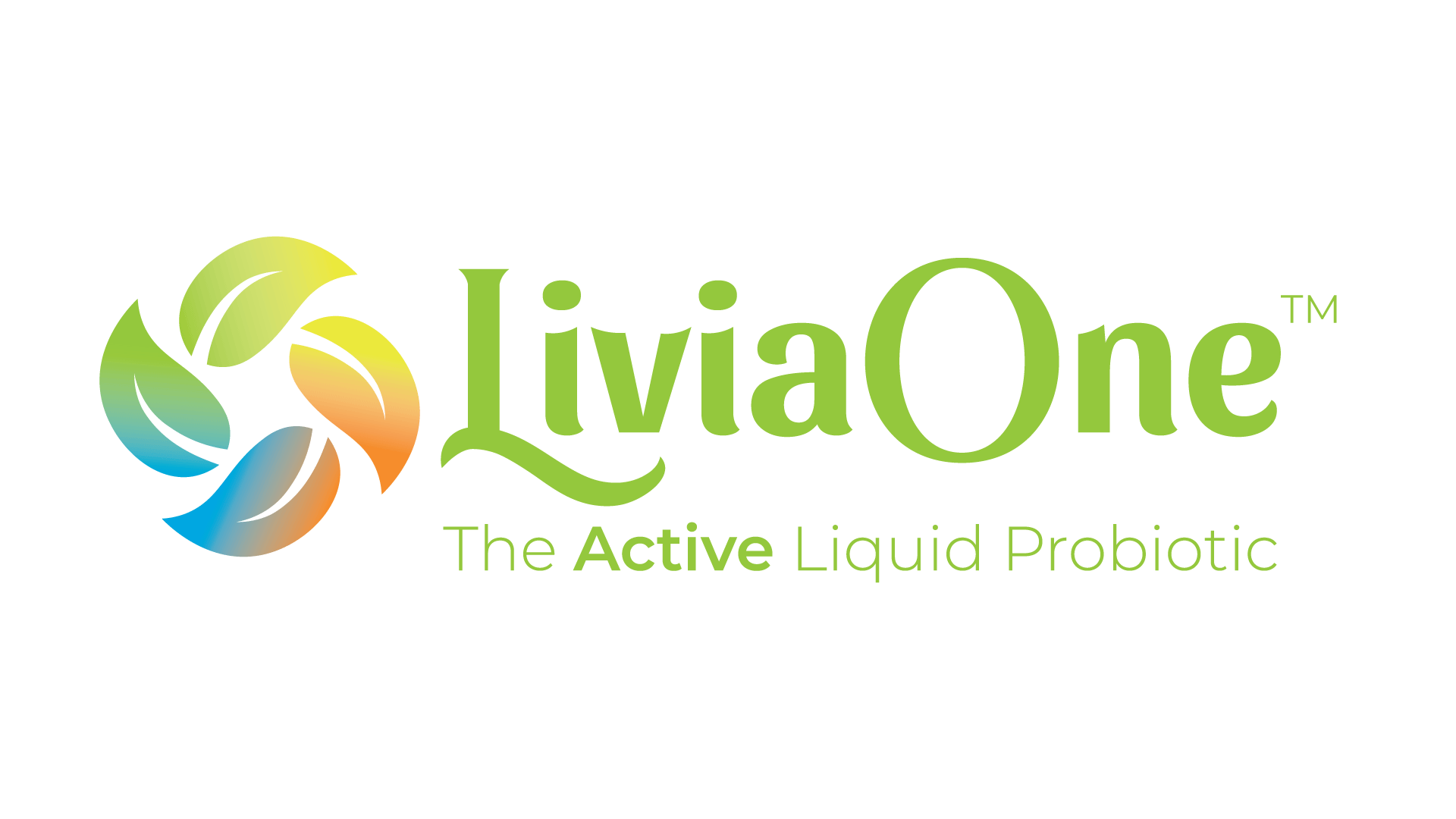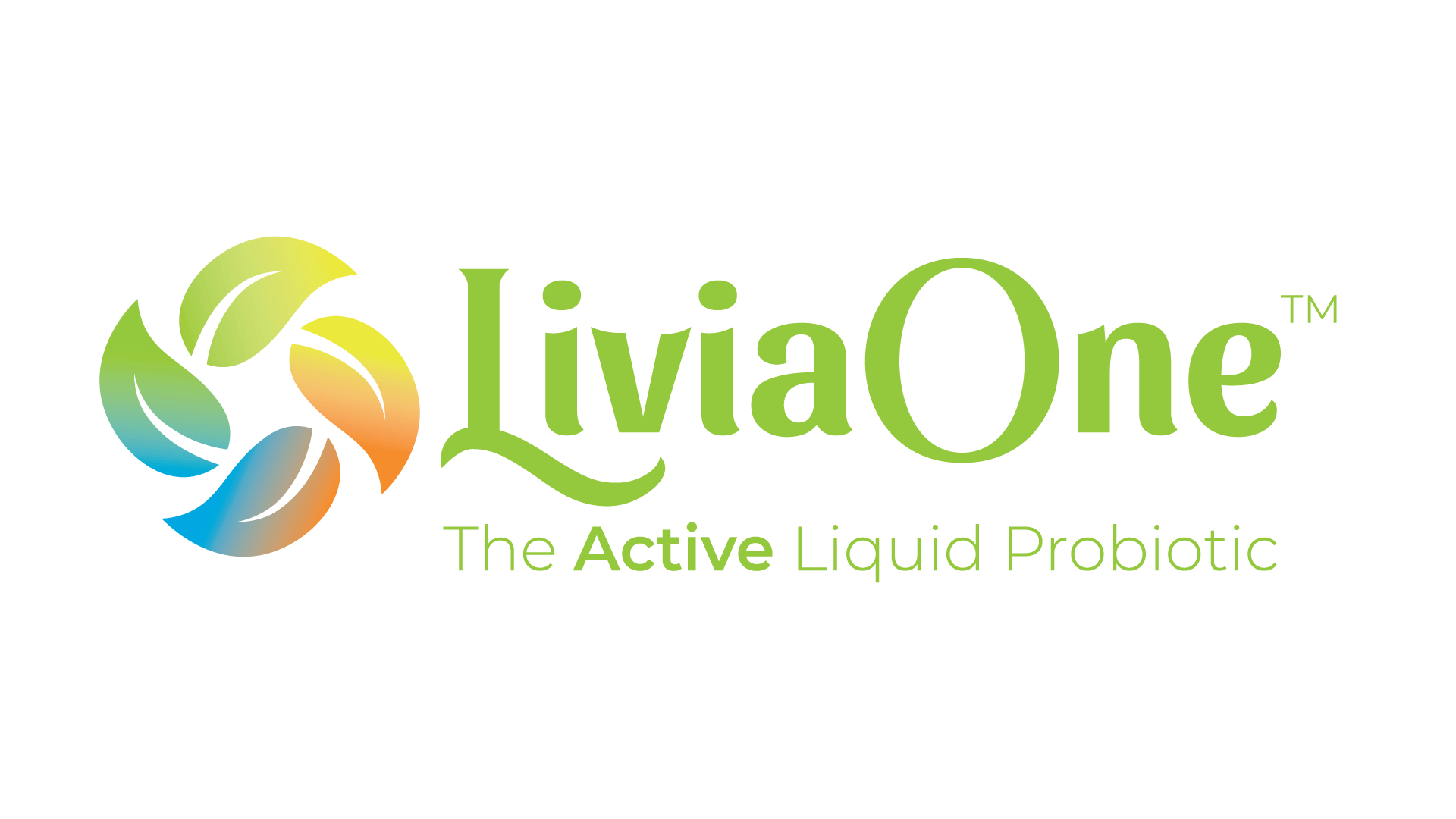Friendly Bacteria
The concept of a symbiotic organism living within our digestive tract seems strange at first. However, when we explore the beneficial functions performed by the intestinal microflora, such as Lactobacillus and Bifidobacteria, there are many reasons to encourage and protect this symbiosis. Not all bacteria are helpful, and many are considered pathogens that create illness in the host by attaching to the walls of the internal organs and overpopulating in that environment. E coli, staph, and some forms of streptococcus are examples of bacteria which can exploit the human immune system when they overpopulate, causing a variety of diseases and infections. However, many scientific studies have supported the idea that a supplement of beneficial bacteria, also known as a "probiotic," can boost the diversity of positive microflora in the intestines and colon, where their presence serves many health-supporting functions.
Scientists first discovered the metabolic abilities of helpful bacteria in the 1960's. More recent studies have diagrammed the genes and enzymes that allow these tiny powerhouses to convert various sugars into useful acids, while also serving as toxin-blockers. It appears that different probiotic species have unique preferences in the type of fuel that they prefer to break down. Some probiotics make their homes in the lower intestines, and others are typically found in the colon. Some bacteria, such as Bulgaricus, appear to change their environment in a manner that prepares the locale for other probiotics. Bulgaricus is a species used widely in the dairy industry to create the unique flavor of Swiss cheese. It is also used as a "starter culture" in yogurt, where its function includes preparing a fermented medium so that other bacteria will begin to replicate.
In order to reach the sites in the lower GI tract where a probiotic can exert the most influence, it must be formulated to withstand the high acid content of the stomach. The next stage after the stomach is the duodenum, where bile salts further attack and break down most food and dietary supplements. However, if a probiotic supplement is formulated so that at least a few thousand microbes reach their goal-- preferably more -- then the building-up of helpful microflora populations in the intestine and colon is possible. With this boosting of helpful bacteria, a variety of positive health results have been demonstrated.
According to a 2005 British study of helpful bacteria, conducted by Gibson, McCartney and Rastall, there are several mechanisms by which probiotics appear to benefit their host:
- They compete with harmful bacteria for nutrients.
- Most microflora provide end products-- after digesting other bacteria and food remnants --that enhance the pH balance within the human colon and intestines. Their helpful end products include acids, lactase, B vitamins, and substances with natural antibiotic properties.
- Certain micro-organisms provide a defensive barrier between pathogens and the intestinal mucosa, or the layer of mucous which lines the intestines.
- They conduct anti-adhesion strategies which effectively mislead pathogens into being digested by bacteria, rather than allowing them to flourish. By acting as decoys to draw toxins away from adhesion sites, helpful microflora in the colon and intestines function as a sorting and disposal mechanism that benefits the host.
- When functioning at top efficiency, they enhance the metabolism of the host by helping to break down a variety of sugar-related molecules. Otherwise, waste products would build up in the gastro-intestinal (GI) tract.
Using the mechanisms cited above, probiotic bacteria have been found useful in combating a variety of illnesses, sometimes as a treatment, and other times as a preventative or prophylactic measure (Reinert, 2002.) When patients are prescribed oral antibiotics which have the effect of killing good and bad intestinal microflora, many doctors advise that a probiotic and/or yogurt product with live cultures be eaten as a way to restore the balance within the internal microflora. Probiotic bacteria are used to prevent and cure diarrhea, reduce allergic symptoms, ease the symptoms of irritable bowel syndrome (Isselbacher, 2005), prevent yeast infections caused by candida, address methycillin-resistant staph or MRSA infections, cure constipation or irregularity, and even inhibit the progression of some forms of cancer. Certain species of bacteria have been found to exhibit anti-tumor effects (Baricault, 1995), and many studies are underway to ascertain if these anti-tumor mechanisms can be better controlled and directed toward specific medical outcomes.
There exists a promising and growing potential for helpful bacteria and probiotic supplements to be used in a variety of medical fields. The idea of preventing or curing diseases through the use of supplements that boost our symbiosis with bacteria may end up challenging many current medical assumptions. Whereas general antibiotics have an invasive and destructive aspect, a more delicate approach may be available by employing specific characteristics of helpful bacteria. In the not-too-distant future, bacterial strains that have been shown to combat or prevent certain weaknesses of the immune system may be used as an alternative to traditional wide-spectrum antibiotics. With recent improvements in gene-mapping technology, thousands of new discoveries each year are generated on the topic of enzymes and chemical signals that allow microflora to communicate at the molecular level with our internal organs. These discoveries represent a source of great hope in the ever-productive partnership between humans and our symbiotic bacteria.
REFERENCES:
Baricault, L. "Inhibitory effects of freeze-dried milk fermented by selected Lactobacillus bulgaricus strains on carcinogesis induced by 1,2-dimethylhydrazine in rats and by diethylnitrosamine in hamsters." Cancer Letters, 147(1-2): 125-37. 1995.
G.R. Gibson, A.L. McCartney and R.A. Rastall. "Prebiotics and resistance to gastrointestinal infections." The British Journal of Nutrition, Vol. 93 Suppl 1, April 2005, pp. 531-4.
Isselbacher, Kurt J. "Irritable bowel syndrome: the possible benefits of probiotics." Post Graduate Medicine, Vol. 117, No. 5. 2005.
J.S. Lee, D.S.Cha and H.J. park. "Agricultural Food Chemistry." Graduate School of Biotechnology, Korea Universtiy, Seoul, and Dept. of Packaging Science, Clemson University, Clemson, South Carolina. November 2004, pp 7300-7305.
Reinert, Birgit. "Friendly tenants in the human gut: The genome of B. Longum." 2002. Genome News Network.
For more information:
 A complete description of probiotics, along with groundbreaking recent clinical research illustrating the many ways probiotics can prevent disease, can be found in Probiotics - Protection Against Infection: Using Nature's Tiny Warriors To Stem Infection. This new compendium from one of contributing authors of the content on this page, Dr. Casey Adams, PhD., takes the confusion out of selecting and supplementing with probiotics. Referencing over 500 scientific studies and reports, and with detailed instructions on how to make your own probiotic foods, this book is a must for anyone seeking to understand the power of probiotics, and improve their immunity and vitality. Click here for ordering information.
A complete description of probiotics, along with groundbreaking recent clinical research illustrating the many ways probiotics can prevent disease, can be found in Probiotics - Protection Against Infection: Using Nature's Tiny Warriors To Stem Infection. This new compendium from one of contributing authors of the content on this page, Dr. Casey Adams, PhD., takes the confusion out of selecting and supplementing with probiotics. Referencing over 500 scientific studies and reports, and with detailed instructions on how to make your own probiotic foods, this book is a must for anyone seeking to understand the power of probiotics, and improve their immunity and vitality. Click here for ordering information.
Please read this Disclaimer:
The contents of this site, such as text, graphics, images, information obtained from www.Probiotic.org licensors and other material ("Content") contained on this site is for informational purposes only. The Content is not intended to be a substitute for professional medical advice, diagnosis or treatment. Always seek the advice of your physician or other qualified health provider with any questions you may have regarding a medical condition. Never disregard professional medical advice or delay in seeking it because of something you have read on this site!

